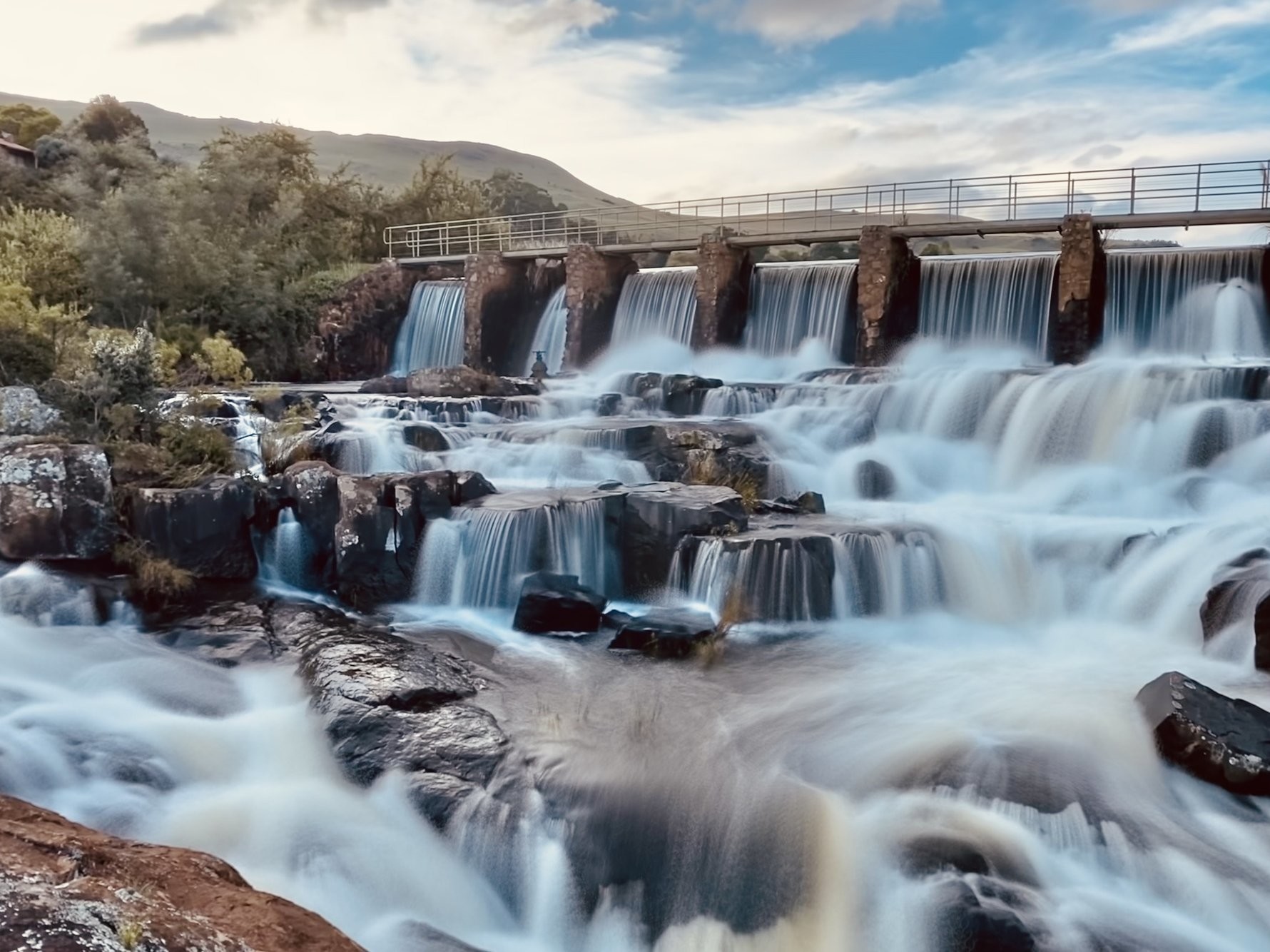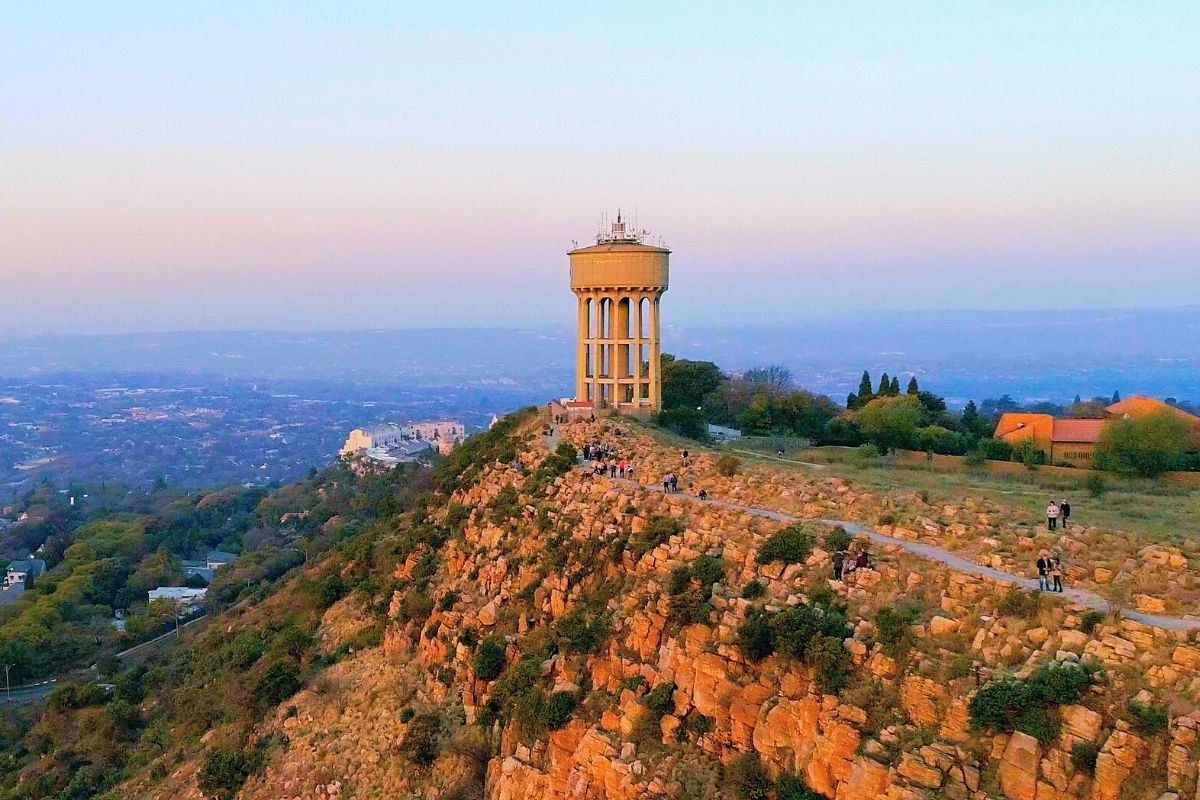The Of Johannesburg North Attractions
The Of Johannesburg North Attractions
Blog Article
Johannesburg North Attractions for Dummies
Table of ContentsHow Johannesburg North Attractions can Save You Time, Stress, and Money.The Definitive Guide for Johannesburg North AttractionsJohannesburg North Attractions for DummiesLittle Known Questions About Johannesburg North Attractions.Facts About Johannesburg North Attractions RevealedJohannesburg North Attractions - The FactsGetting The Johannesburg North Attractions To Work
Nevertheless you should maintain security in mind and visitors should continue to be sharp in all times when in unfamiliar environments. Talk to the citizens when you remain in town to discover the location you are staying in. Johannesburg North attractions. When on the road (this does not relate to shopping center and other safe environments) finest general advice is to attempt your finest to appear like a local and to avoid displaying any type of type of wide range
Get This Report on Johannesburg North Attractions
Professor Revil Mason O. J. (Thomson, 1946) discovered the Witwatersrand's pre-colonial background. His historical work exploded the 'em pty land' misconception, according to which the region was devoid of human habitation before the arrival of European inhabitants. In his publications Prehistory of the Transvaal: A Record of Human Task (1962) and Origins of Black People of Johannesburg and the Southern Western Central Transvaal Advertisement 3501880 (1986 ), Professor Mason demonstrated the level of social and financial advancement in the area prior to Europeans established foot right here.

Not known Incorrect Statements About Johannesburg North Attractions
In 1878, David Wardrop located gold in quartz capillaries at Zwartkop, north of Krugersdorp. In 1881, Stephanus Minnaar came across gold on the farm Kromdraai, near the Cradle of Humankind.
In March 1886, a protrusion (soon to be called the Key Coral reef) was located, fairly luckily, on Gerhardus Oosthuizen's farm Langlaagte. Some claim that the Lancastrian coal miner George Walker discovered this coral reef. One more itinerant English miner, George Harrison (that had actually previously operated in Australian mines) acquired a prospecting licence in regard of Langlaagte in Might 1886.
He made a decision to move on in a pursuit for greener pastures, and disposed of his Langlaagte case for the princely amount of 10. Alas: beneath lay the wealthiest goldfield ever before discovered. The exploration of this rich auriferous coral reef provoked a gold thrill that indicated completion of bucolic serenity in view it now the southern Transvaal.
It would certainly, within six years, come to be the largest community in southern Africa. Within a decade, it would certainly make the Z. A. R. until after that an anarchical and bankrupt little state the richest country in Africa. By the millenium, the Z. A. R. was to exceed Russia, Australia and the USA of America to become the globe's leading gold producer, creating greater than a quarter of the globe's gold.
Johannesburg North Attractions - The Facts
It was called Ferreira's Camp, named after Colonel Ignatius Ferreira. He was a Boer adventurer upon whom the British authorities had actually presented the standing of Friend of the Most Differentiated Order of St Michael and St George (qualifying him to the post-nominal letters C. M. G.) in gratitude for his role in the war that had deposed the Pedi king Sekhukhune in 1879.
Two various other camps were established: Meyer's Camp on the farm Doornfontein, and Paarl Camp. The latter was nicknamed Afrikander Camp; numerous people from the Cape Colony settled there.

Little Known Facts About Johannesburg North Attractions.
This name got money by word of mouth, such that the State Assistant attested the name to the Mining Commissioner on 9 October 1886. Stands in the village were auctioned on 8 December 1886. While some stands were sold for 10, others were knocked down for just sixpence.
Two years later on, these erven were to change hands for as much as 750 each. The tented camps diminished as a dorp of corrugated iron buildings developed and increased north of the mines situated along the Key Reef Road. Areas such as Jeppe's Community (where working-class immigrants erected their homes) and Doornfontein (where the upscale brand-new 'Randlords' started to create their luxurious residences) were soon included in the ever-expanding map of the community.
The Ultimate Guide To Johannesburg North Attractions
Apart from the street names, there were no indications of Johannesburg being situated in a Dutch-speaking country., virtually everybody spoke English and also the Federal government servants attended to one in English, unless they were initial resolved in the Taal (or Reduced Dutch)'.
Britain had a rate of interest in more information making certain ideal conditions for gold production on the Witwatersrand, and that the gold was exported to London rather than Berlin a crucial rendered all the extra clamant by the Z. A. R.'s boosting toenadering with Germany. Mine proprietors were on a clash with President Kruger, whose plan of monopolistic giving ins (commonly granted to his cronies) stopped mining firms from procuring materials of products (especially dynamite) and labour on their very own, cheaper terms
The Ultimate Guide To Johannesburg North Attractions
In 1890, the Volksraad had restricted the franchise to white guys that had lived in the Z. A. R. for fourteen years or longer, therefore disqualifying a lot of the immigrants (who occurred to be the major factors to the fiscus). Frustration for the ballot was a simple pretext for promoting a different schedule; the majority of uitlanders concerned themselves as short-lived site visitors and had no intent of staying in the Z.
Report this page